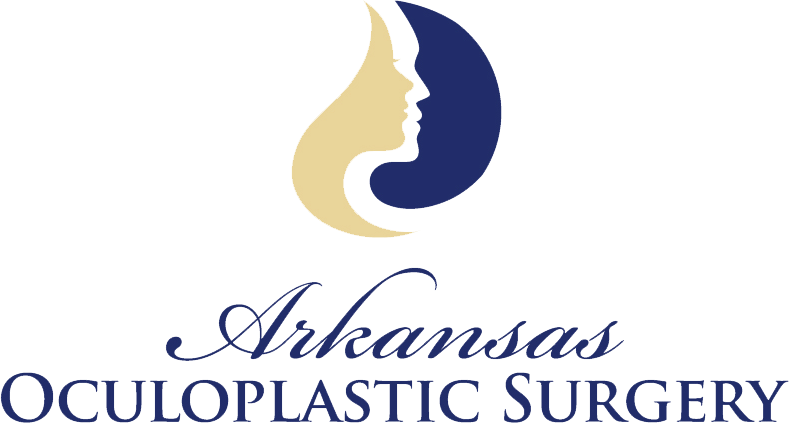
Orbital Decompression Little Rock
Little Rock Oculoplastic & Facial Cosmetic Surgeon
Overview
Orbital decompression is indicated for patients with thyroid-related eye disease who have compression of their optic nerve with vision loss or a high risk of vision loss. When patients have orbital disease, they’re extraocular muscles, or muscles that move the eyes, are usually very larger. Because, there is a limited amount of space in the orbit, when the extraocular muscles get large, they can compress the optic nerve. Patients also may need decompression if their eyes are so protruded that their corneas and vision is being damaged despite using lubricating drops and ointment.
Steroids and Orbital Decompression
If you are in need of an orbital decompression, Dr. Brock may place you on steroids. Steroids are not a cure for your condition but may decrease the severity of your orbital disease until you can have your procedure and for a brief period of time following your procedure. An alternative to orbital decompression is external beam radiation to the orbits. It has fallen out of favor as a primary treatment for most patients but can be useful for patients who need treatment of their orbital disease but are not healthy surgical candidates.
About the Procedure
Orbital decompression is often the first in a series of operations. It is not uncommon for patients to have new or worse double vision following the procedure. Although this can be treated temporarily with patching or prisms, strabismus surgery may be necessary once you have healed. Strabismus surgery involves adjusting the muscles that move the eyes so that the eyes are aligned better. An additional surgery may involve lowering your upper eyelids and/or raising your lower eyelids so that your globes are protected. When each of these surgeries is needed, ideally the decompression is performed first, followed by strabismus surgery, which is followed by eyelid surgery. Any of these surgeries may require additional returns to the operating room or enhancements. Usually, the surgeries are performed months apart in order to allow proper time to heal.
How is the Orbital Decompression procedure performed?
Orbital decompression surgery is performed by Dr. Brock with the patient under general anesthesia. A transconjunctival approach is made to the orbital floor and medial wall. These walls are exposed and removed. The primary goal of decompression is to remove enough bone, so that the orbit expands into the space of the sinuses. The increased size or expansion of the orbit allows the extraocular muscles and to move away from the optic nerve. It also allows the globe to rest more posteriorly and be less exposed than before.
Preparation for your Ortibal Decompression Procedure
Because smoking and tobacco use is known to correlate with worse thyroid-related disease, it is necessary for patients to discontinue smoking by any means necessary.
Dr. Brock keeps patients in the hospital for 12-24 hours of observation immediately following surgery. He does not discharge patients prior to the day following surgery. Immediate problems that may need attention are pain, bleeding, nausea or blood pressure management. Bleeding from the nose is very common. Vision loss or blindness can occur but this is a rare complication. Sometimes vision loss can occur due to progressive disease and in these instances, additional decompression will probably be necessary. Numbness is often present after surgery and can be irreversible in some instances. Numbness may involve the cheek, side of nose, upper lip or teeth, because the infraorbital nerve travels through the bones that are being removed. Although the nerve is kept intact, the surgery and swelling around the nerve can result in numbness.
Overall, orbital decompression is a time-proven surgery that is well-tolerated and can improve the vision of those patients who have lost vision due to compression of the optic nerve or over exposure of the eye.
Contact us for more info.
Testimonial
My experience with Dr. Brock and his staff could not have been better…it was also my first time in my 59 years a Doctor came to the waiting room and introduced himself to my husband and me. A class act all the way!







